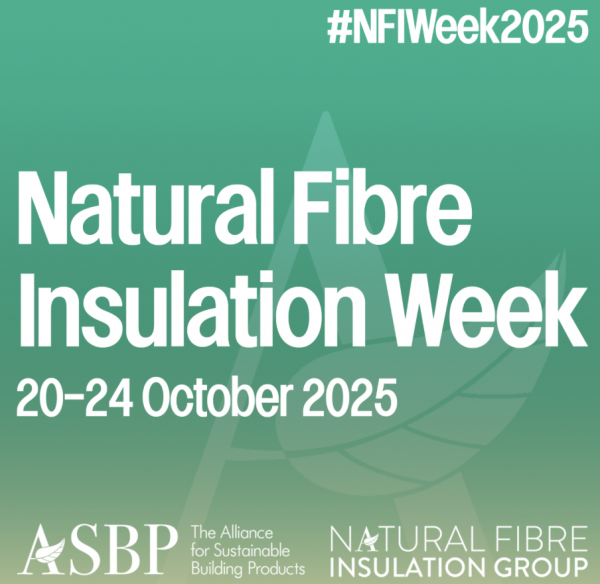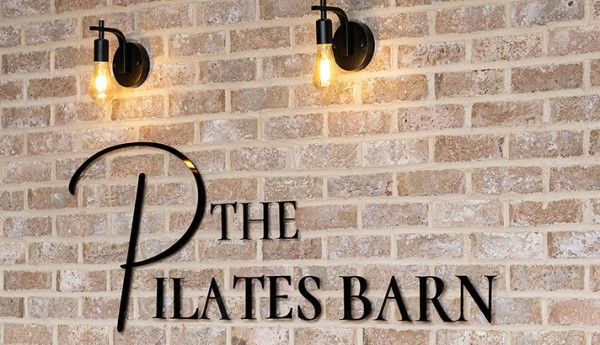News
Internal Wall Insulation Vs External Wall Insulation
When looking to make your home more energy efficient, one of the best things you can do is increase the amount of insulation. This can not only reduce your heating bill but also make your home a more comfortable place to live. When researching this topic, the main two types of wall insulation you will come across are internal and external. But what’s the difference?
Internal Wall Insulation
Internal insulation such as our own Warmshell Internal involves adding insulation to the interior of your home in the form of a wall adhesive, rigid insulation boards and a layer of plaster. Having this added layer can dramatically improve the insulating ability of your walls and improve the comfort and efficiency of your home.
Internal Wall Insulation Pros
- Internal insulations tend to be a cheaper method than external insulation, however the additional cost of redecorating the rooms has to be considered.
- Because it is applied to internal walls, the insulation can be added on a room by room basis, this may be an easier option if you cannot leave your home whilst the work is being done.
- It maintains the external appearance of the building. This can be particularly useful for historical buildings or if your home is in a conservation area.
Internal Wall Insulation Cons
- Things like skirting boards and electrical outlets will have to be removed before the work can be carried out.
- As material is being added on the inside, the floor space of rooms will reduce slightly.
- The internal walls will no longer be solid, so the position of mounting points for heavy items such as TVs will require special fixings.
External Wall Insulation
External insulation, like our Warmshell Exterior adds material to the external surface of a building's walls in the form of insulation boards, specialist fixings and a traditional lime render.
External Wall Insulation Pros
- There is no impact on the size of rooms.
- The insulation is more effective as there are no weak spots
- The insulation adds a layer of weatherproofing and noise protection.
- It protects your walls and keeps them looking like new for longer.
- You can choose the finish of your render, so your house can look the way you want it to.
External Wall Cons
- It alters the appearance of your home which may not be allowed if your home is listed or in a protected area.
- A good level of access to your external walls is required.
- External insulation requires any damage to the walls to be repaired before work can be carried out.
Hopefully by now you have more of an understanding of the options available to you when insulating your home. If you have any more questions or would like to discuss the best options for your home, talk to our friendly team on 01952 728611 or submit an enquiry form.

